-
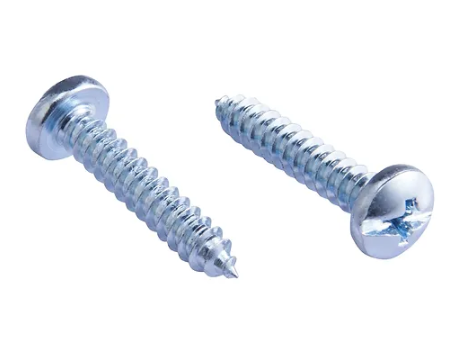 2024.11.21
2024.11.21There is a type of screw specifically designed for sheet metal applications. Understanding sheet metal screws with their features, types, construction (head, slot & point), sizes, and differences between sheet metal screws and wood or machine screws. What Are Sheet Metal Screws? A sheet metal screw is used to fasten thin metal sheets together and or secure metals with other materials like plastic and wood. Its defining characteristic is a fully threaded shank with sharp threads designed to pierce solid materials easily. Sheet metal screws work by creating their own mating threads as ......
-
 2024.11.15
2024.11.15Springs are essential mechanical components used in a wide variety of applications, from everyday devices to critical industrial machinery. The materials used to manufacture springs play an important role in determining their performance, durability, cost, and resistance to environmental factors. The selection of spring materials depends on the intended application, environmental conditions, and required mechanical properties. Below is a detailed overview of the materials used for springs, materials used for springs, which include not only metal wire but also rubber, plastic, and even f......
-
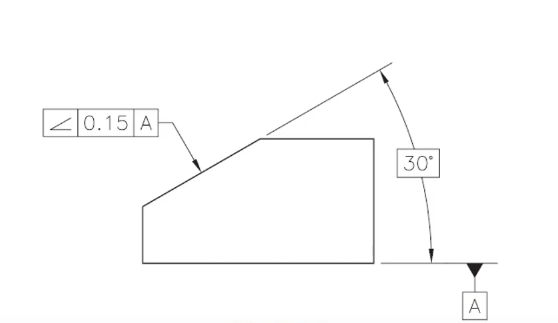 2024.11.13
2024.11.13GD&T is a powerful system for defining and controlling the shape, size, location, and orientation of features on manufactured parts. Within this system, angularity stands out as a crucial control for specifying the orientation of a surface or axis relative to a datum. This article talks about GD&T angularity, exploring its definition, application, symbol, callout, tolerance zone, measurement, and differences from other GD&T symbols like profile. GD&T Angularity Definition – What Is Angularity in GD&T? Angularity in GD&T (Geometric Dimensioning and Toleran......
-
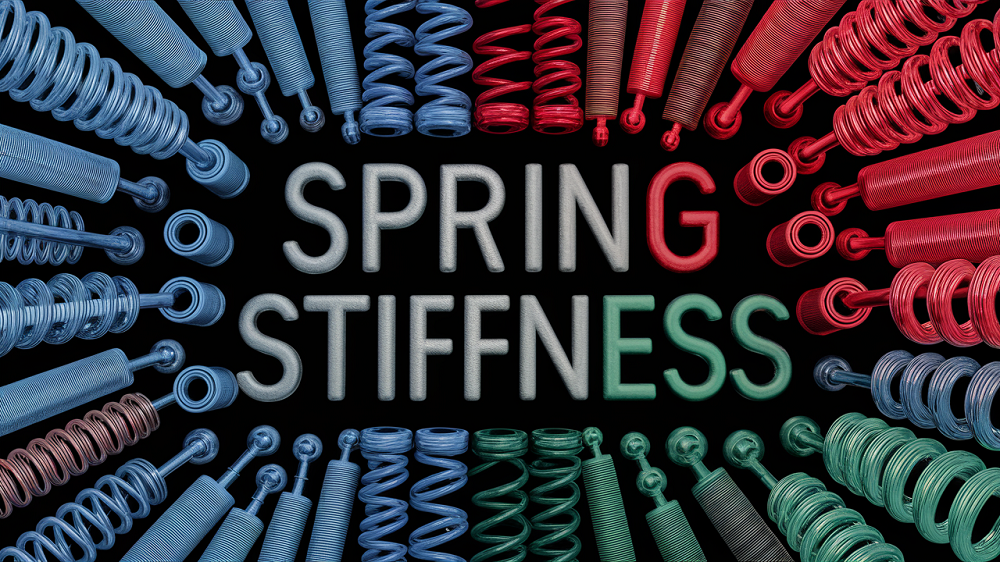 2024.11.12
2024.11.12Springs are fundamental components in many mechanical systems, and understanding their stiffness is crucial for effective design and application. In this article, we will talk about the concept of spring stiffness, its calculation methods, factors affecting it, and its applications in various industries. 1. What is Spring Stiffness? Spring stiffness refers to the property of a spring that describes how much it resists deformation when subjected to a force. It is defined as the ratio of the load increment (dF) to the deformation increment (dλ), meaning the load required to produ......
-
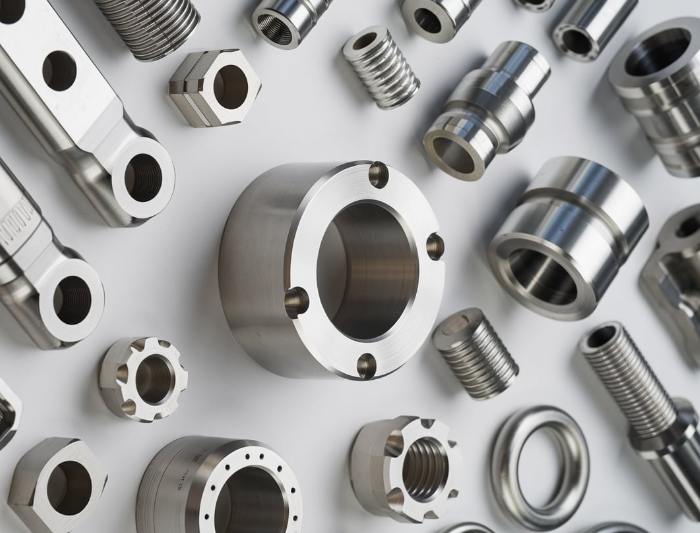 2024.11.8
2024.11.8Stainless steel has become an indispensable material in modern industry, but it isn’t a single alloy but rather a diverse family of metal alloys. Countless combinations of various elements create different types of stainless steel, today we’ll explore stainless steel families and grades with comparison charts, to learn about each type with chemical composition, properties, and uses. Stainless Steel Families – Common Types and Categories of Stainless Steels 1. Austenitic Stainless SteelThis is the most common family of stainless steel, representing the majority......
-
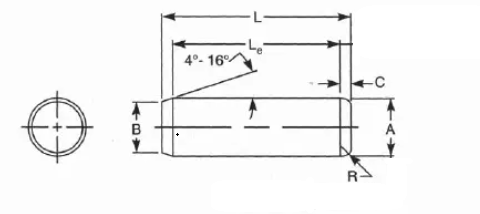 2024.10.25
2024.10.25Dowel pins, despite their simple appearance, represent a crucial component in modern manufacturing and engineering. Understanding the characteristics, types, applications, and standard sizes of dowel pins is useful for professionals and manufacturers. What Is a Dowel Pin? A dowel pin is a solid, headless cylindrical fastener typically machined to precise tolerances, used primarily in manufacturing, metalworking, and precision engineering applications. Dowel pins, which can be made from metal, plastic, or wood, serve multiple functions including alignment, location, and joining ......
-
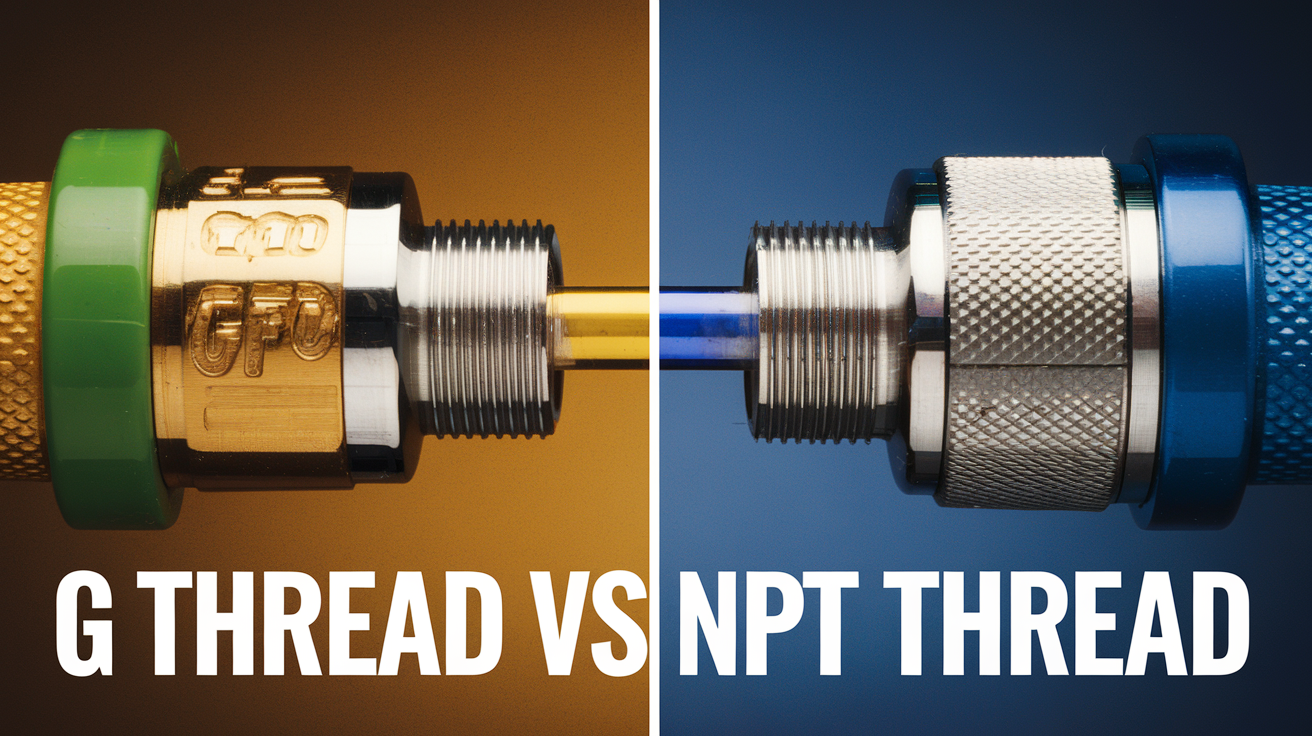 2024.10.21
2024.10.21G thread (also known as BSP) and NPT thread are two common pipe thread standards, which are widely used in pipe and pipe fitting connections, each offering unique features suited to different uses. Learn the key differences between G thread (BSP) and NPT thread, including their features, applications, and dimensional charts. Understand how these pipe thread standards differ in sealing mechanisms, thread angle, and industrial usage, helping you choose the best option for your pipe fitting needs. 1. What is G Thread? G thread, commonly referred to as British Standard Pipe (BSP) t......
-
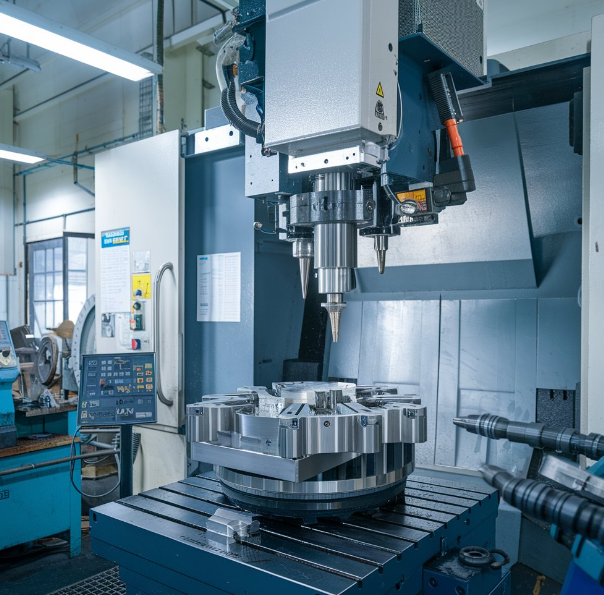 2024.10.18
2024.10.18China has emerged as a good source of top CNC service suppliers, offering a unique blend of cost-effectiveness, technological advancement, quality assurance, and production capacity. This article explores the benefits of CNC machining in China and how to find the most reliable machining parts manufacturers. Mature Machine Tool Industry in China: Advanced and Affordable Machine tools are fundamental production equipment in the mechanical industry, as the parts of various industries are typically made through the use of machine tools. The variety, quality, and efficiency of......
- Home
- Machining techniques
- CNC Machining Services
- Cooperative supply services
- Designs
- Materials
- Finishing Services
- Shop
- Products
- Guide
- About Us
- Contact Us

